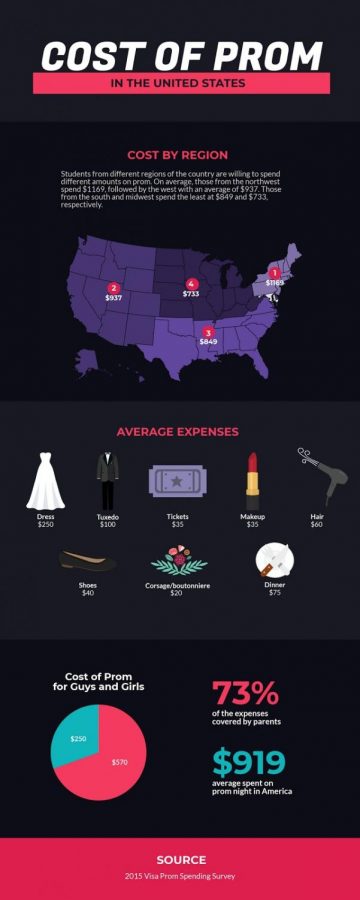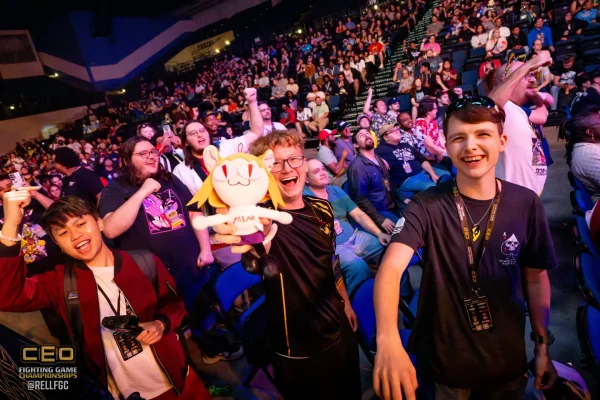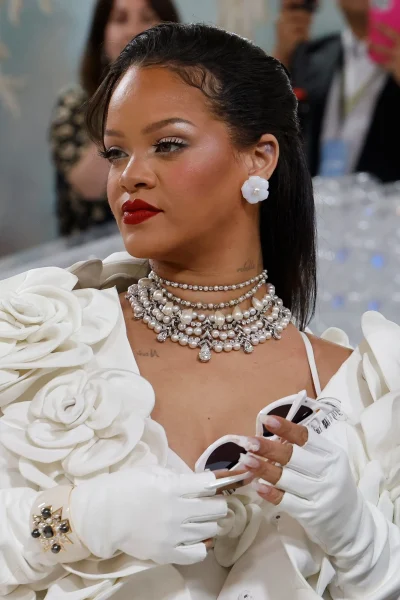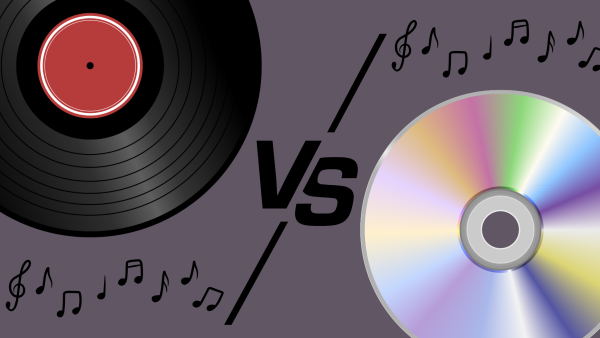Evolution of Prom
How American tradition changes in one century
Prom is a tradition that began in the 1880s, but it actually started in colleges and universities, not high schools. It became common for the younger crowd in the early 1900s and frequent prom-centric movies in the 80s and 90s intensified the hype of the event.
Prom used to be a one-night event, but has since evolved into weeklong festivities. Some schools allow dress-up days the week of prom, and students spend most of Friday and Saturday in preparation of the event. Additionally, schools now opt for fancier venues rather than the conventional use of the school gym.
The affair also became more expensive. Students (or parents) fork over an average of $919 for prom night. The expenses include a dress or tuxedo, tickets for the event, hair and makeup, shoes and dinner. While there are ways to save money, such as buying used dresses or tuxedos or opting for non-professional hair and makeup, students still spend more now than ever before.
An important prom tradition that has only recently developed is the promposal. They have become extravagant and pricey, with an average of $324 spent on this alone. The result is typically posted on social media. Despite the prominence of the promposal, it is more acceptable to go without a date. In the past, students not asked to prom simply did not attend. However, some schools implemented a lottery system to ensure every student had a date. Now, students choose to attend with a group of friends.











